9 Most Dangerous Animals You Could Find in Your Backyard
Backyards are usually where the fun happens—grilling, gardening, playing fetch. But not all guests keep to the invitation list. Across the U.S., some surprisingly dangerous animals can appear close to home, hidden in tall grass, under decks, or even right out in the open. Here’s a list you’ll want to keep on your radar.
Mountain Lions
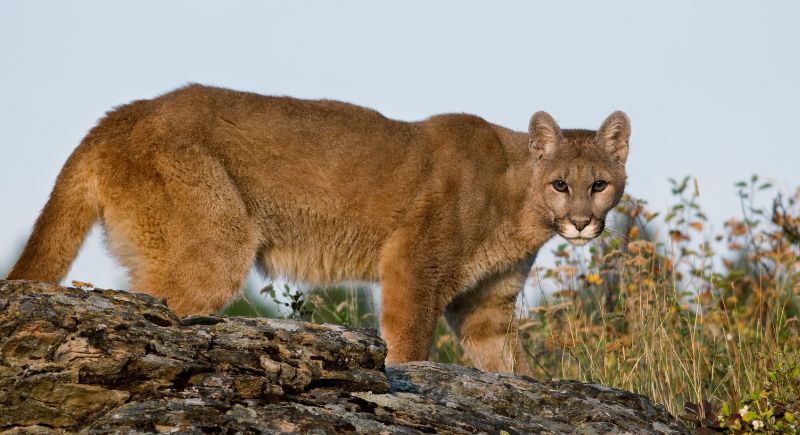
Credit: Getty Images
Though typically found in more remote terrain, mountain lions occasionally wander into suburban areas for food or territory. They’re stealthy, powerful, and dangerous if surprised or cornered. Attacks are rare but serious, and sightings have increased near expanding neighborhoods in the western U.S.
Arizona Bark Scorpions
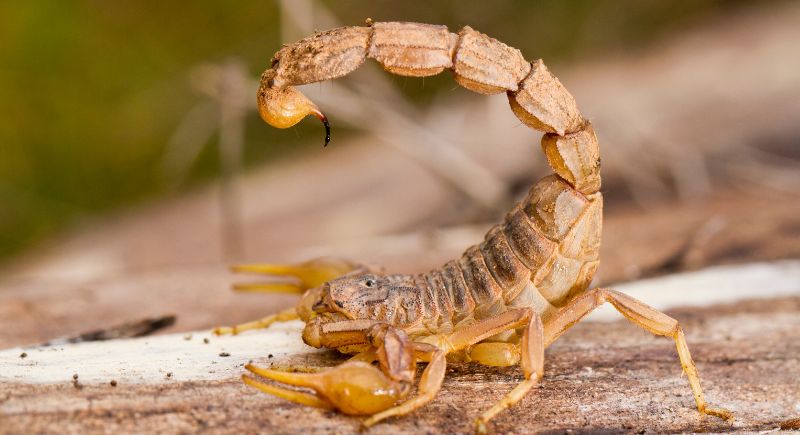
Credit: Getty Images
Barely longer than a paperclip, scorpions can exist under rocks, logs, and doormats. Their sting feels like a bolt of electricity and can cause breathing issues or numbness. They’re especially active in Arizona and Nevada, and sometimes go indoors through cracks or open vents.
Coyotes
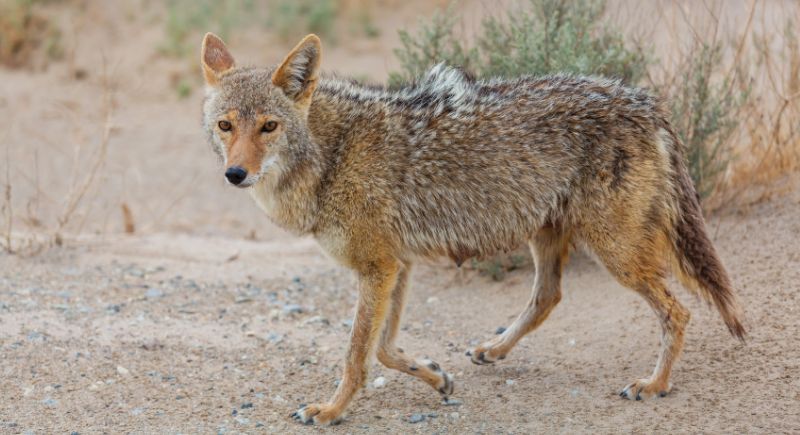
Credit: Canva
Though they usually avoid people, coyotes have adapted well to cities and suburbs. They’re drawn by trash, pet food, or small animals like cats and chickens. While a direct attack on humans is unusual, they can become aggressive if they feel cornered or are protecting pups.
Venomous Spiders
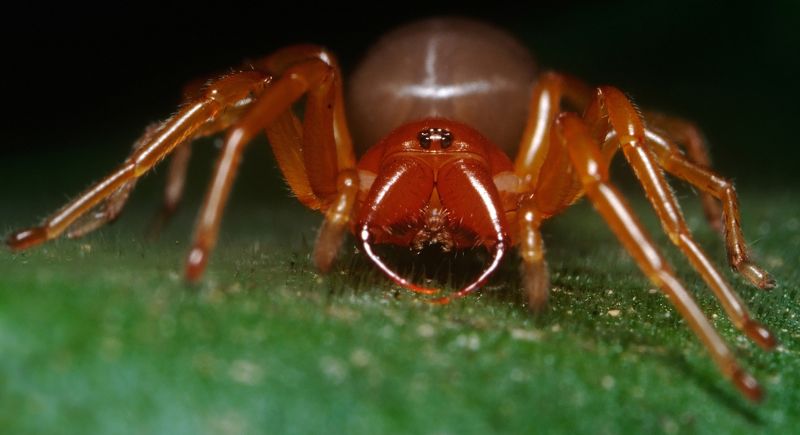
Credit: Getty Images
The black widow and brown recluse are among the most dangerous spiders in American backyards. Both are reclusive, often hiding in woodpiles, sheds, or garage corners. Bites can lead to muscle cramps, fever, or tissue damage. Medical care is advised for any suspected bite from these species.
Rattlesnakes
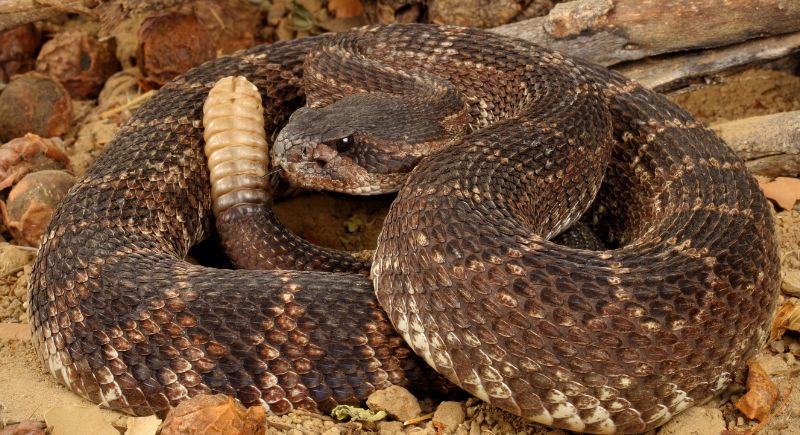
Credit: Getty Images
Rattlesnakes don’t go looking for trouble, but they’ll defend themselves when surprised. They might sun themselves near a warm rock or rest beneath a bush. Their venom can destroy tissue and disrupt blood flow, so it’s smart to keep an eye out when walking barefoot or gardening.
Rodents

Credit: pixabay
Mice and rats are known carriers of Salmonella, hantavirus, and leptospirosis. They often invade backyards for food scraps or shelter and can contaminate surfaces with urine and droppings. Sealing gaps and removing attractants is a good way to reduce encounters.
Ticks
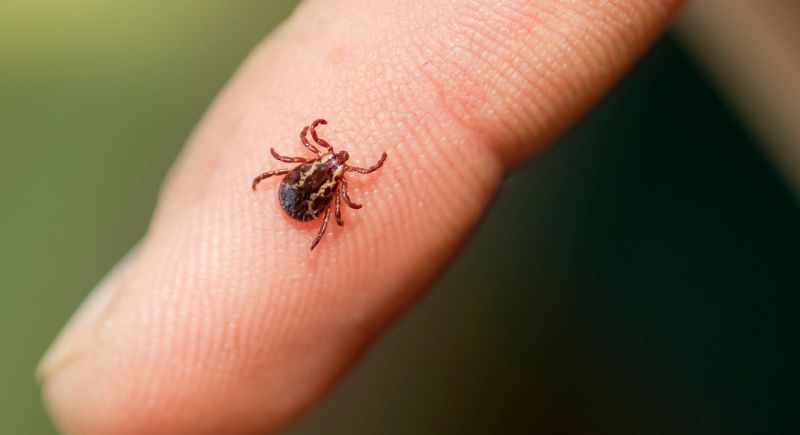
Credit: Getty Images
Ticks lurk in tall grass and wooded patches, as they wait to latch onto passing animals or people. The black-legged tick, in particular, spreads Lyme disease. Symptoms might not show up for weeks, and in some cases, they become chronic conditions.
Rabid Wildlife
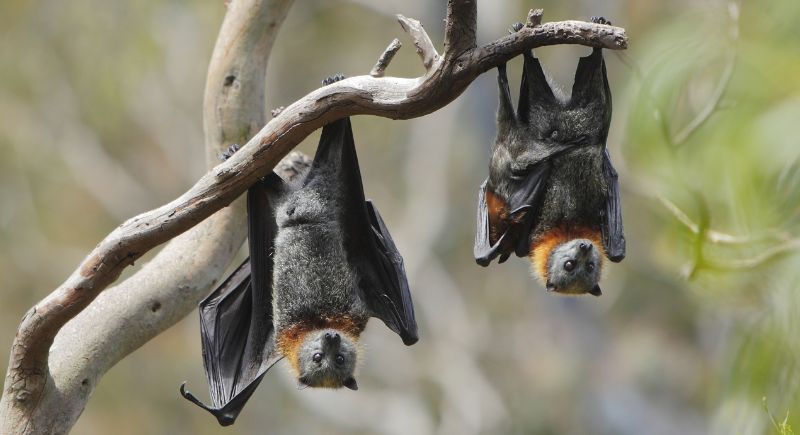
Credit: Getty Images
Skunks, raccoons, foxes, and even bats can carry rabies. The early signs in animals include confusion, aggression, or excessive drooling. If any wild animal behaves unusually or approaches too closely, it’s best to alert animal control instead of trying to handle the situation.
Raccoons
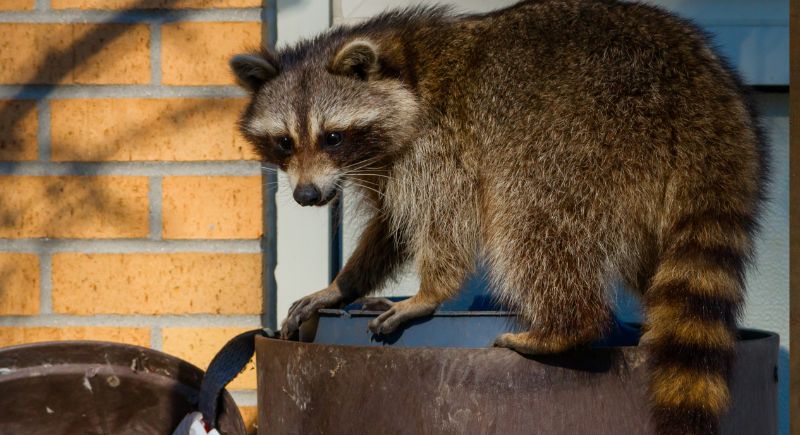
Credit: Getty Images
Though their masked faces might look cute, raccoons are skilled scavengers and surprisingly strong. They can carry parasites like roundworm and may transmit rabies through bites or scratches. If threatened, they may scratch or bite. It’s best to avoid feeding them or leaving pet food outdoors overnight.
Copperheads
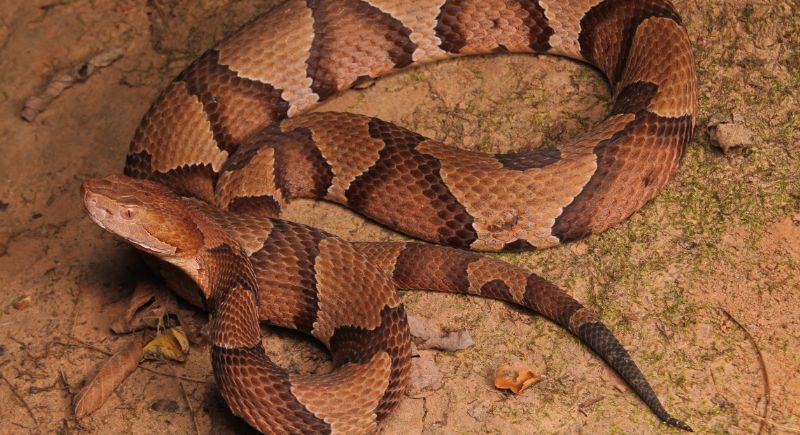
Credit: Getty Images
These pit vipers blend in with leaves and dirt, making them easy to miss. Their venom isn’t usually fatal but can cause extreme pain, swelling, and infections. They tend to freeze when approached, which means more than one backyard snakebite has happened by accident.
Fire Ants
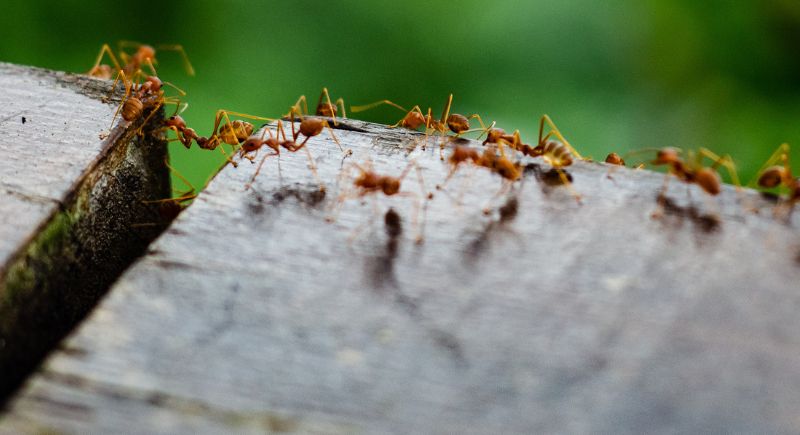
Credit: Getty Images
A disturbed fire ant mound can lead to a swarm of angry insects attacking with stinging bites. Reactions range from painful welts to severe allergic responses. Their colonies are often hidden in grassy areas, and the mounds may not be evident until stepped on.
Wasps
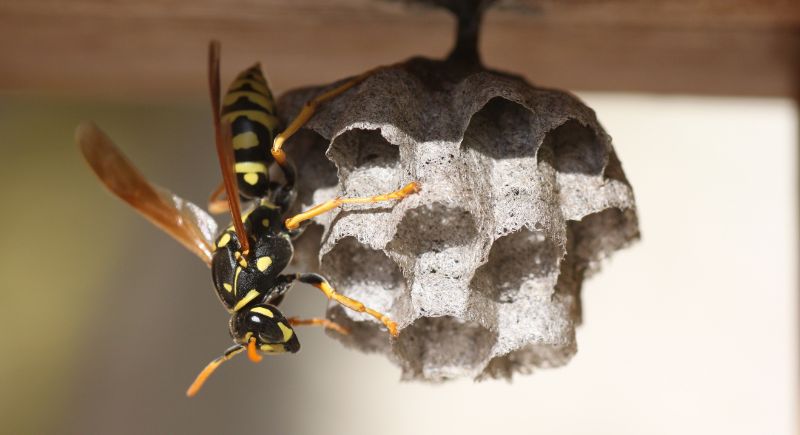
Credit: Getty Images
Paper wasps and yellowjackets defend their nests aggressively, and their stings pack a punch. Unlike bees, they can sting multiple times. For some, stings trigger anaphylaxis, a life-threatening allergic reaction. Nests often form under eaves, inside grills, or in ground burrows—so be cautious when poking around.
Skunks
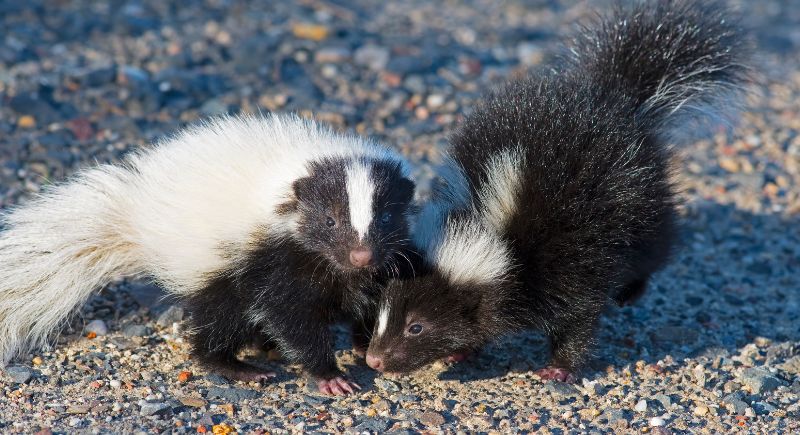
Credit: Getty Images
Their odor alone is enough to ruin your evening, but there’s more to be wary of. Skunks can spray with accuracy and force, causing temporary blindness and severe nausea. They can also carry rabies, making any close encounter more than just a smelly mishap.
Brown Recluse Spiders
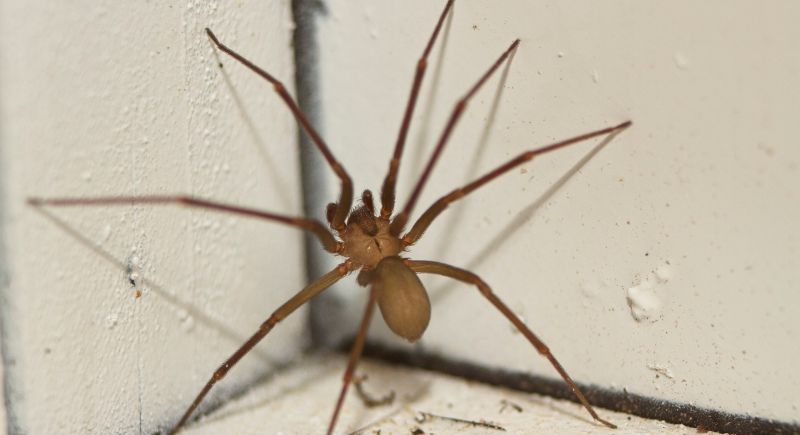
Credit: Getty Images
These spiders are named for a reason—they avoid the spotlight. They hide in shoes, basements, or cluttered garages. Their venom destroys tissue slowly, often requiring medical attention. Some bites leave open wounds that take weeks to heal.
Alligators
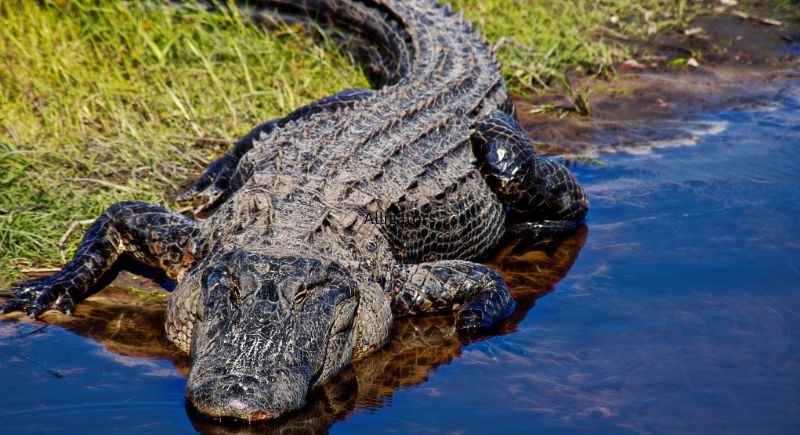
Credit: Getty Images
It’s not weird to spot an alligator near a pond or retention basin in some southern states, particularly Florida. While they don’t usually pursue humans, pets are easy prey. It’s illegal to feed them, as familiarity makes them bolder and more dangerous.